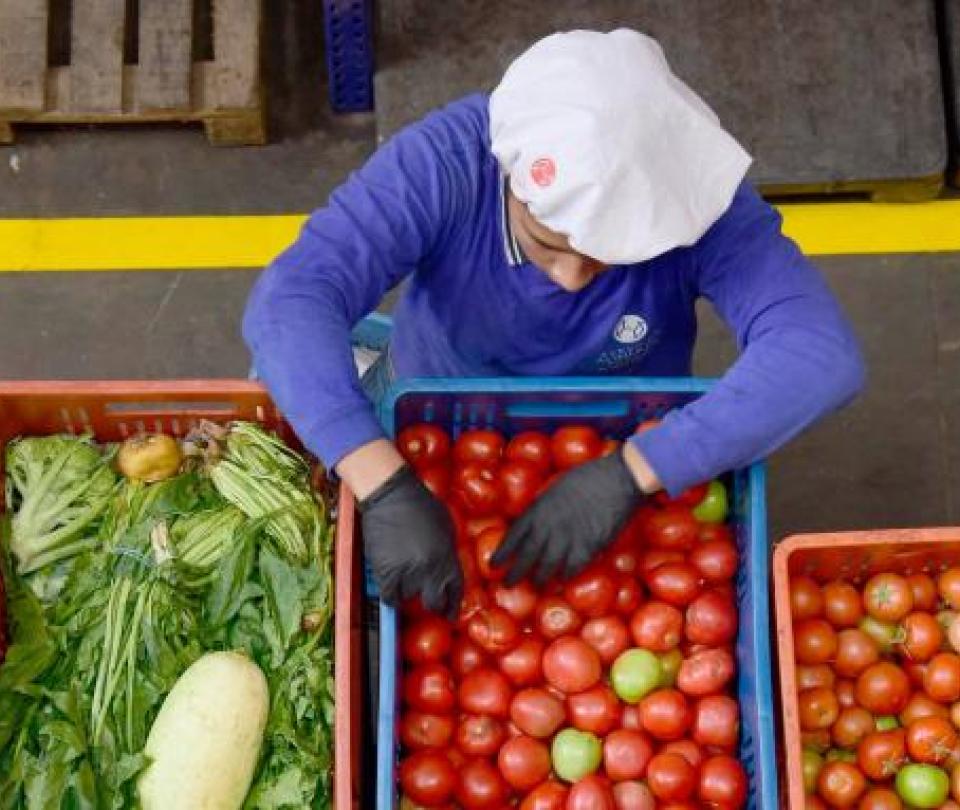The economic events and geopolitical have affected the production, marketing and import of food, as confirmed by the latest report from the Food and Agriculture Organization of the United Nations (FAO).
Although the FAO forecasts an increase in the import bill of $1.98 trillion in 2023is expected to grow at a slower pace than last year.
Intermittent fasting: risks and what to be aware of if you do it.
According to the Organization, By 2023, food imports in advanced countries would increase by 1.5%compared to the growth of 11% in 2022 and 18% in 2021. This is explained by the increase in world prices, also driven by the higher prices of fruit, vegetables, sugar and dairy.
Looking towards the less advanced economies, the report details that the import bill will decrease by 1.5% this yearwhile for developing countries that are net food importers (Pdinpa) it would contract by 4.9%.
According to FAO Markets and Trade Division“the decrease in food import volumes is a worrying fact in both groups, which suggests a decrease in purchasing power”.
(Interactive Chocoramo Factory: so you can make your own Chocoramo).
Additionally, they add that these concerns are amplified by the fact that the lower international prices for the series of primary foods have not been fully corrected at the national retail level, “suggesting that cost of living pressures could persist into 2023”, they assure in the report.
The latest FAO forecasts point to an increase in the production of several basic food productshowever, indicate that global production systems remain vulnerable to challenges stemming from weather events, geopolitical tensions, policy changes, and market developments.
(This will be the stock transaction Gilinski – Sura – Argos by Nutresa).
These facts could tip an imbalance in the offer and the demand and affect prices to ensure global food security.
According to information from the Organization, world cereal production is forecast to rise by 3% to 1,513 million tonnes between 2023 and 2024. This increase would be a new record, driven by significant growth in US corn production and a record crop in Brazil.
However, compared to rice production, a growth of 1.3% is expected, in the same period of time, raising the 523.5 million tonsHowever, international trade is expected to decrease 4.3% in volume terms to 53.6 million tons.
(‘Corrientazo’ to the pocket and the palate: the impact of inflation).
Another of the sectors that is estimated to have increases is the world production of aquatic animals, however, a contraction in capture fisheries is expected. With inflation and economic challenges that “are muting demand growth”, they assure.
Despite the positive behavior of several basic products, the FAO forecasts that world wheat production in 2023 will decrease by 3%, from its all-time high of 777 million tons in 2022.
This would be explained by the expected decreases in Russia and Australiacountries that presented record figures in 2022. In addition, the impacts of meteorological phenomena, which lead to a reduction in planted areas.
(Inflation in Argentina rose to 114.2% in May).
“World production is expected to increase oil crops, milk and sugarjust like meat, although pork and beef volumes could fall slightly in 2023”, they conclude.
BRIEFCASE














